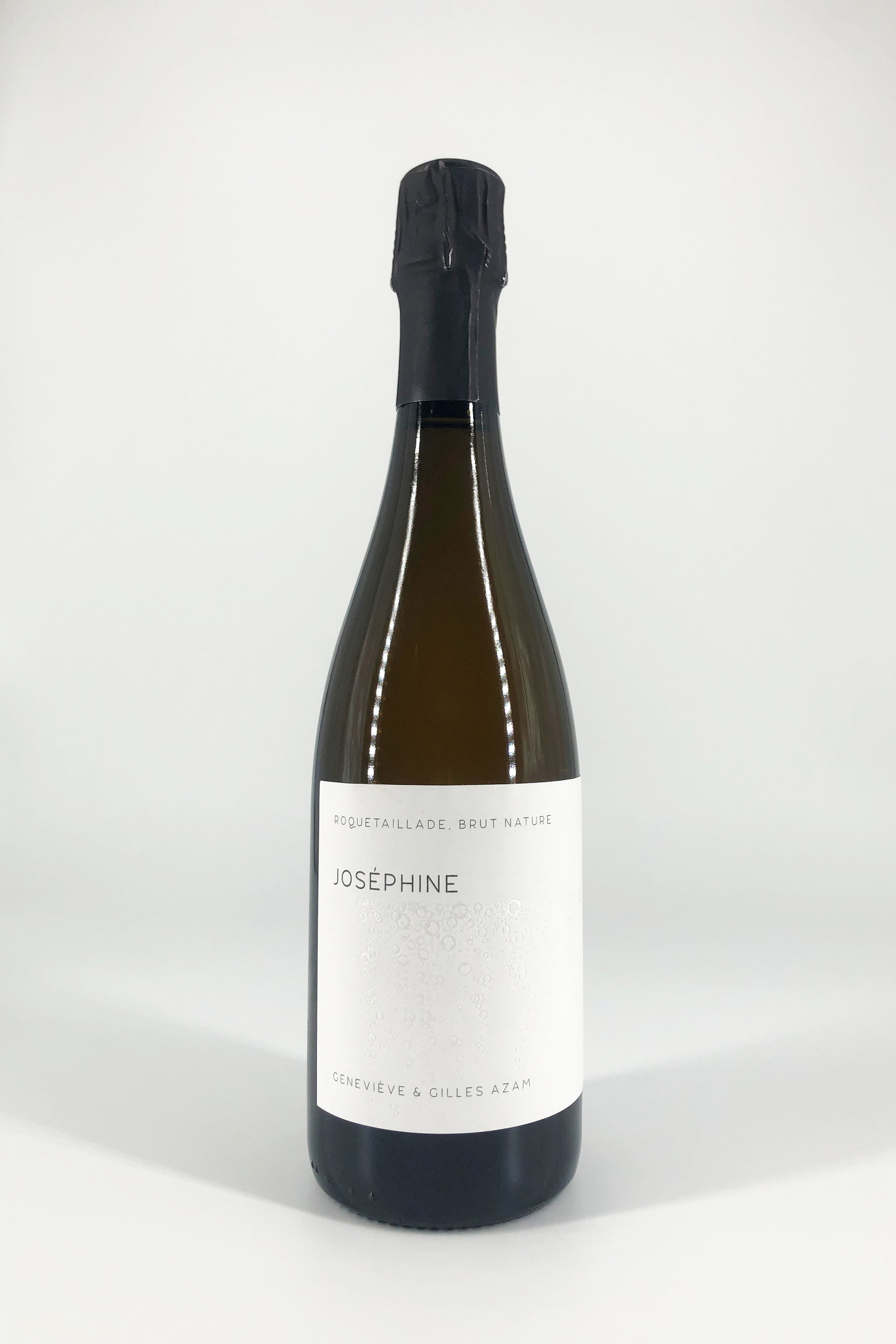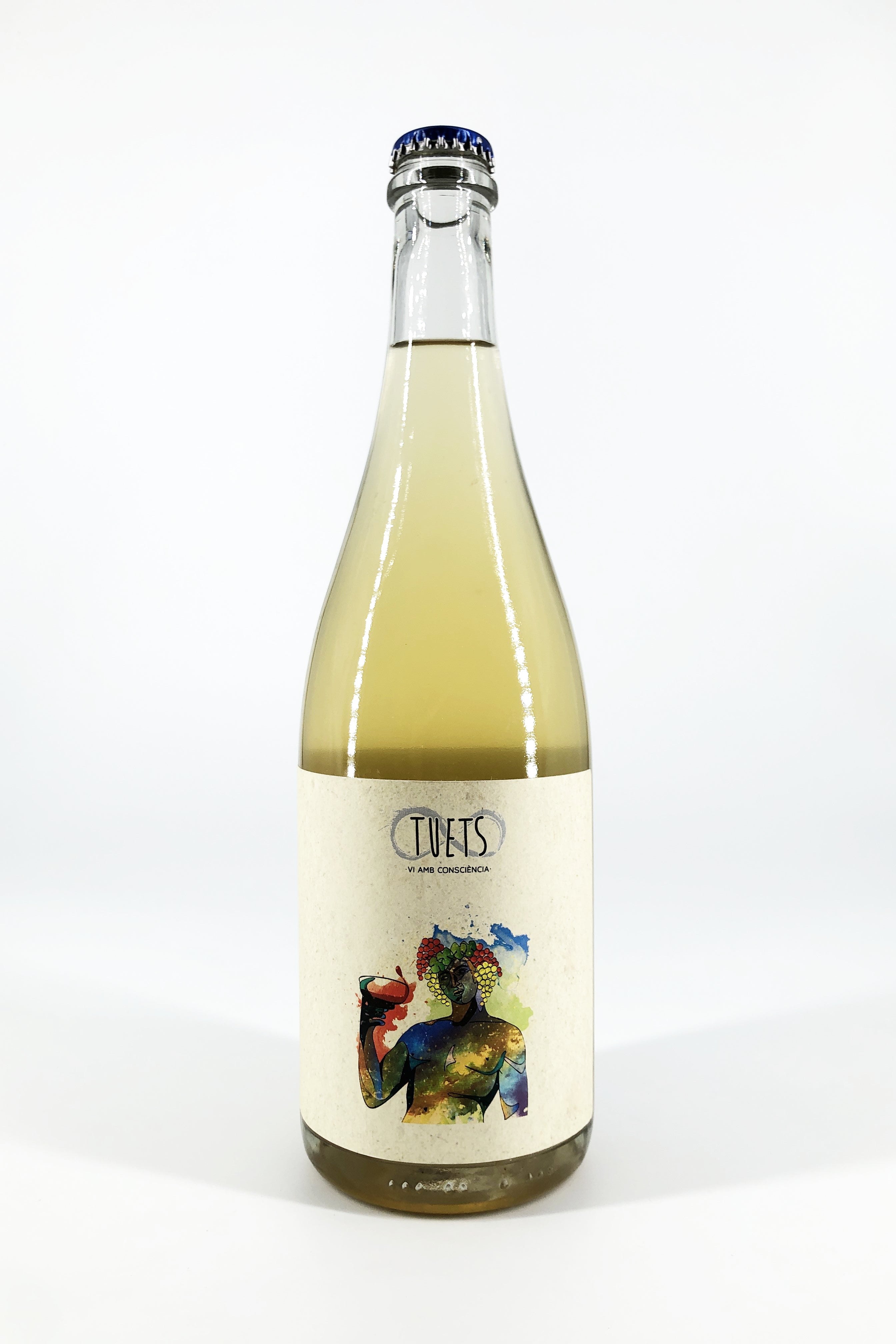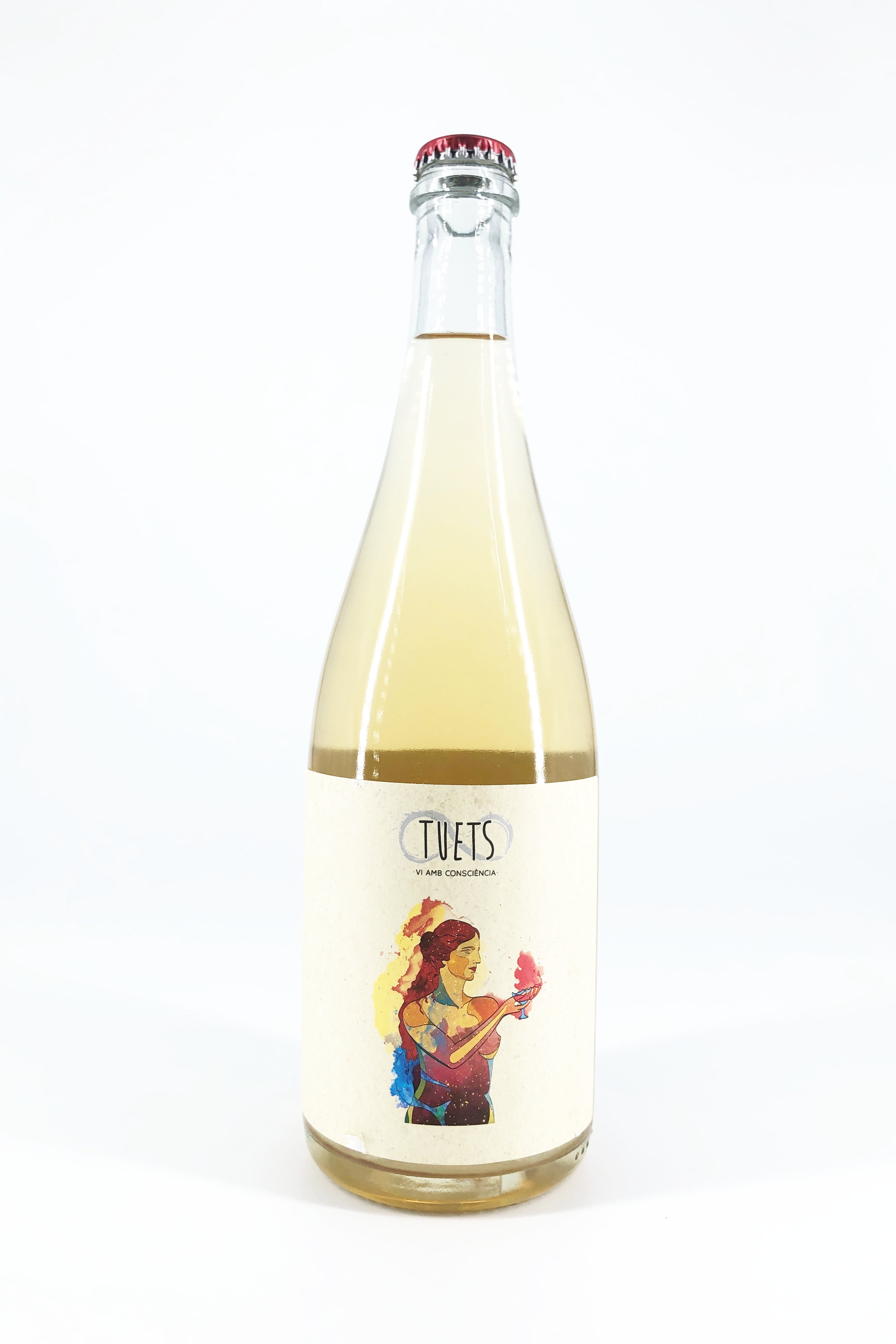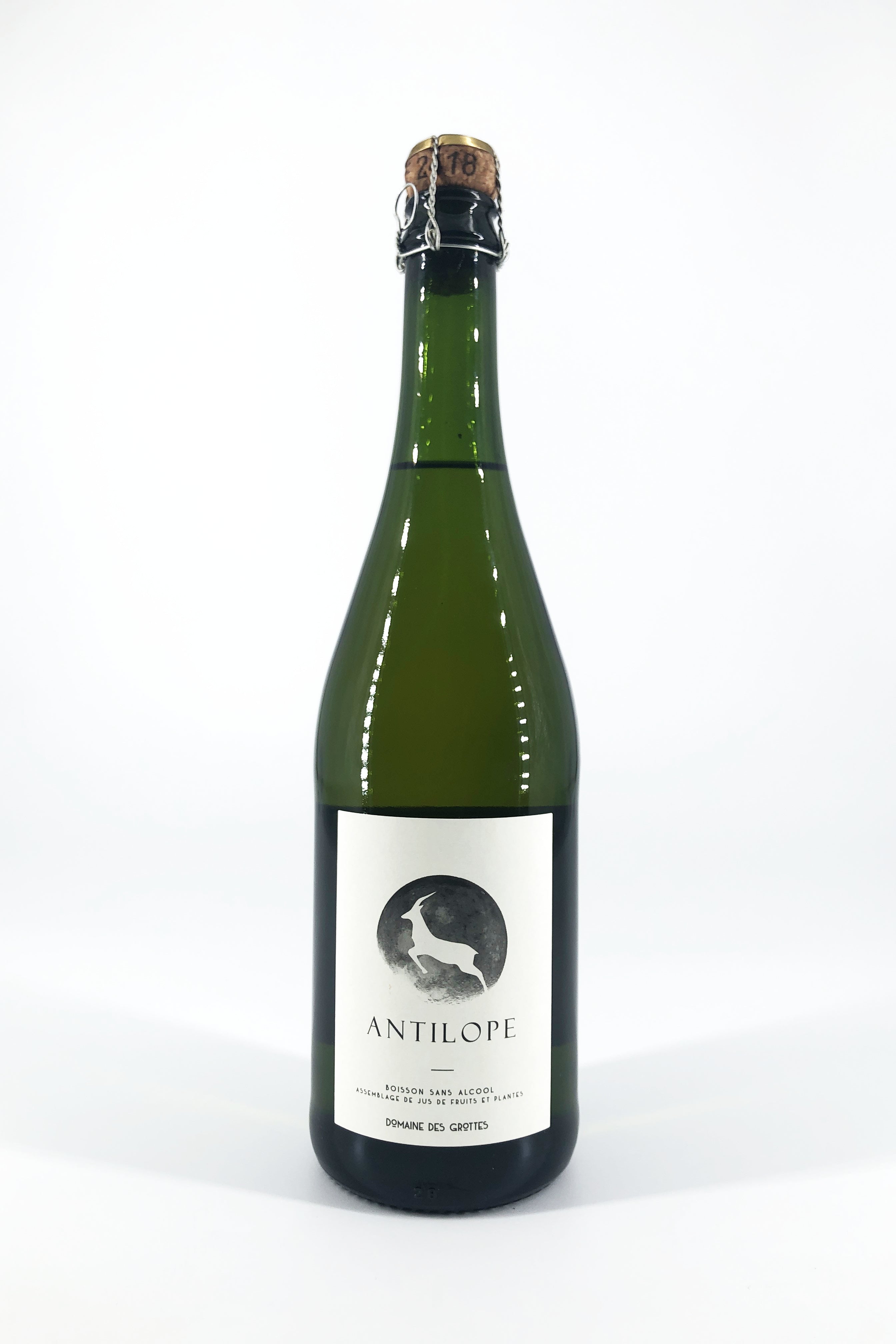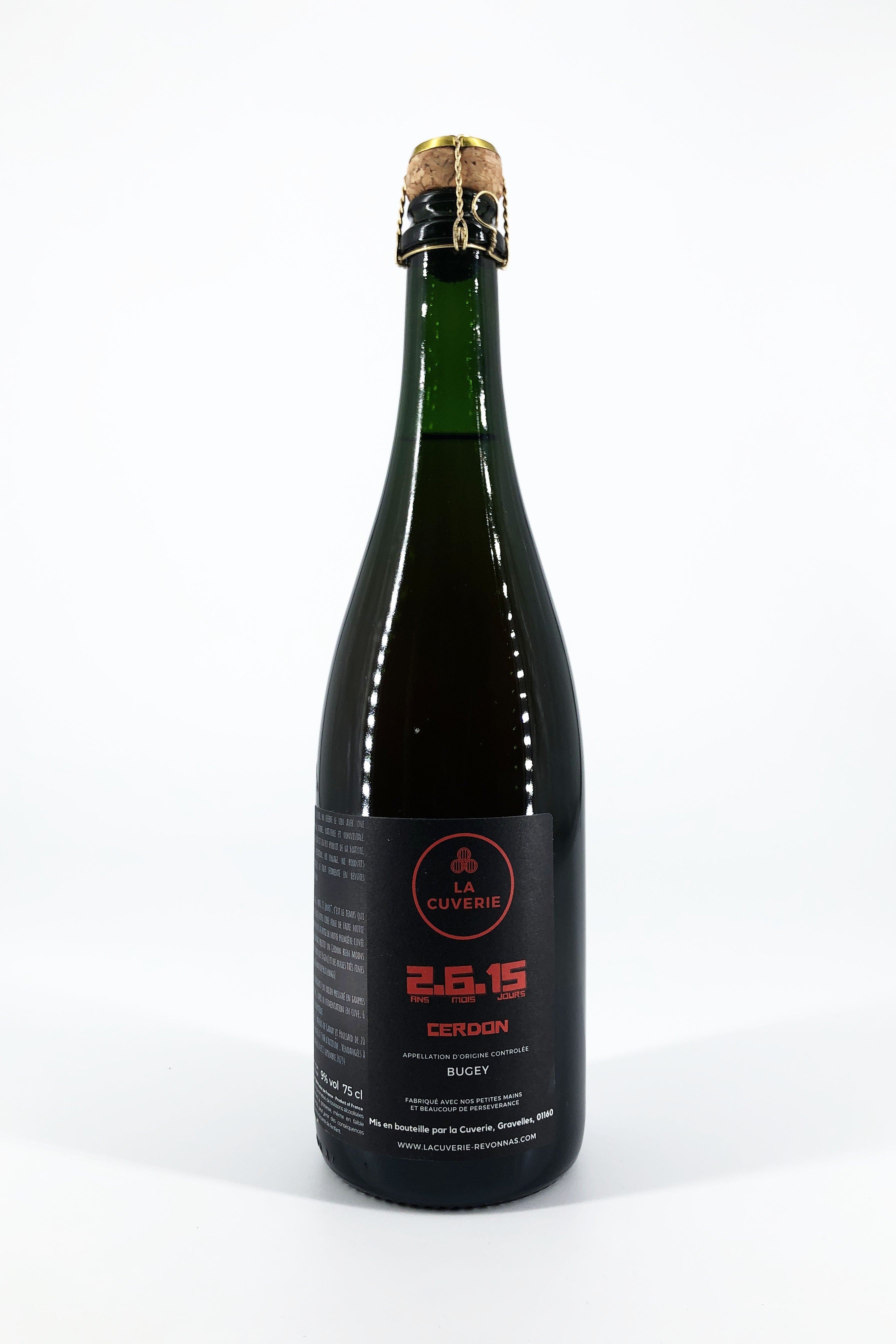Keep up to date
Sign up to our
Wayward Wines
Newsletter
About the Wine
Our best-priced sparkling red! Donati does it again - crowned with an inviting purple froth in the glass this is what proper Lambrusco should taste like.
Dry, for a start - forget the sickly style that has given this often stunning regional wine a bad name - and bursting with bloody, mineral forest fruits. A glass of this with a plate of salumi is one of the finest aperitivo out there.
About Camillo Donati
A word on the Donati style from his US Importer: “The carbonation of these frizzante wines comes from the traditional method of refermentation in bottle, a method that does not require preservatives and which makes this wine, unlike those produced in charmat method, age better. The wines are not filtered and are topped with a crown cap (a traditional closure for some decades in this region). There may be resulting sediment and the bottles should be poured somewhat carefully without a lot of intense movement. These are very delicate and natural wines that have immense glugability and unique character. They are meant to be drunk simply as you would a refreshing beer or cider at cold temperature (even the red) with simple foods. They go particularly well with cold cuts, prosciutto and dry sausages and gnocco – fried squares of dough – that are traditional in Parma”
And a word on the natural approach from Camillo himself!: “Sparkling wines had been made the same way for centuries, but in the 70's everyone started producing frizzante wines with the charmat method. I believe that charmat kills the wine. A dead wine goes into the bottle, and many, many preservatives are needed to keep the wine going for 6 or 7 months. On the other hand, a natural frizzante wine can last 10, 15, 20 years. Logically, you will no longer have predominant fruit after the 3 or 4 years where the secondary and tertiary aromas surface, but the wine is alive and it ages and matures slowly, just like we do. If I kill a wine beforehand just so that I don't have sediments or to have clarity, then what is the point? Charmat is a dead wine that cannot go beyond 6 months to a year. After that it becomes undrinkable because it's dead. A chemical preservative is not capable of sustaining something dead”




